Backyard biodiversity
A garden with a diversity of plants will be a garden with
a diversity of insects and other invertebrates.
This whole wonderful diversity of life - plant and animal - is an ecosystem. A thriving ecosystem is a
treat to observe: beautiful butterflies, hoverflies, native bees, ladybirds, moths, gorgeous caterpillars,
intriguing and lovely wasps, a multitude of different flies, birds, lizards and more.
A thriving ecosystem is also one of the best ways of minimising trouble with pests.
Aphids are preyed upon by the larvae of hoverflies, lacewings and ladybirds. Predatory wasps
parasitise caterpillars. Dragonflies are hunters par excellence of mosquitoes and other flying insects.
Fungus-eating ladybirds eat the powdery mildew on zucchini leaves.
With a garden buzzing with insect life you are much less likely to need to resort to spraying pesticides.
In fact, once you've observed the tiny creatures at work, you'll be very reluctant to spray because of the
risk of killing off the helpful insects as well as the pests.
Filling your garden with a wide variety of flowering plants, with something flowering at every time of the
year, encourages beneficial insects. Different insects prefer different types of flowers, so aim for a mix of
flower forms and colours: daisies, tubular or trumpet-shapes. Include day- and night-scented varieties,
and some of your local indigenous species to encourage native insects.
Below is a gallery showing just some of the insects and other creatures found in this eastern suburbs
garden. A small pond, bird baths, tall stringy barks, fruit trees, flowering shrubs, both native and exotic,
vegetables, annual and perennial flowering plants and native grasses provide habitat for these and
many more.
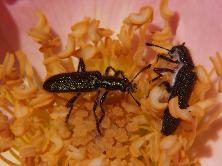
Clerid beetles on rose
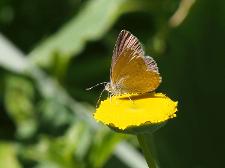
Common grass blue butterfly
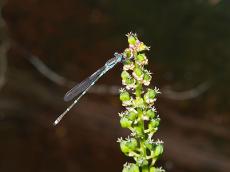
Wandering ringtail damselfly
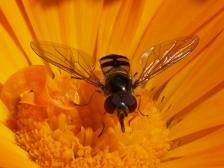
Hoverfly on calendula
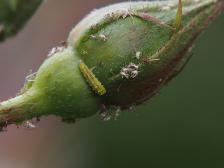
Hoverfly larva and aphids
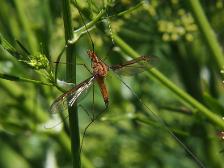
Cranefly
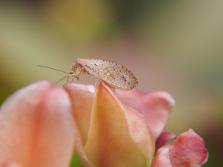
Brown lacewing
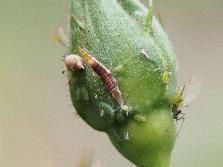
Brown lacewing larva with aphids
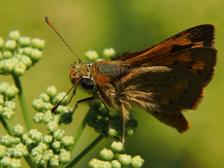
Common dart butterfly on parsley
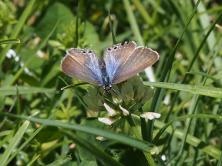
Common grass blue butterfly
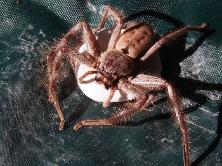
Female huntsman with egg case
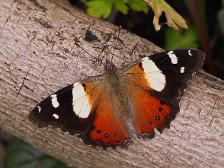
Australian admiral butterfly
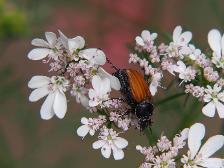
Beetle on coriander
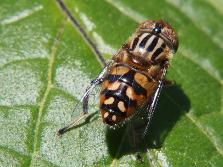
Native drone fly
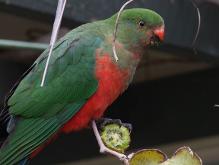
King parrot (juvenile)
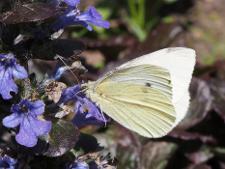
Cabbage white butterfly
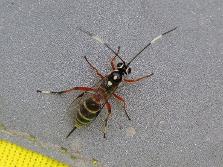
Black and yellow striped
ichneumon wasp
ichneumon wasp
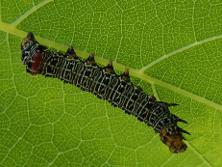
Vine moth caterpillar
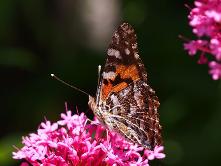
Painted lady butterfly
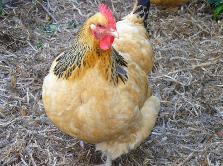
Gwen the hen
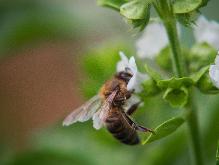
Bee on basil
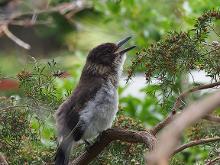
Young butcherbird
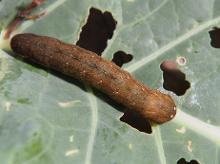
Caterpillar of brown moth
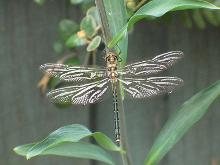
Newly emerged dragonfly
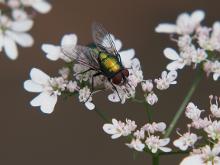
Fly on coriander
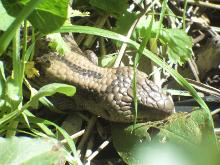
Blue-tongue lizard
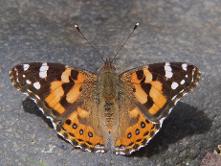
Painted lady
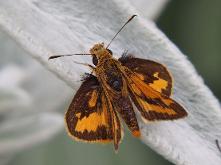
Common dart
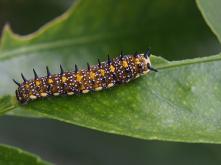
Dainty swallowtail caterpillar
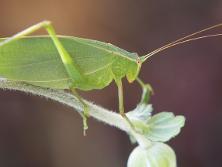
Katydid
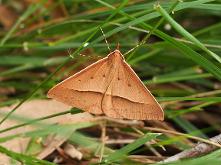
Moth
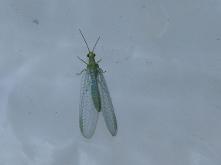
Green lacewing
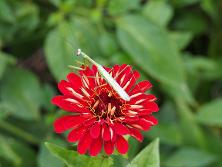
Praying mantis
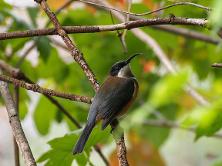
Eastern spinebill
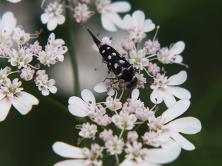
Pintail on coriander
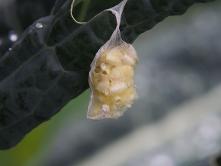
Parasitic wasp cocoons on kale
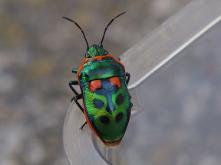
Metallic Jewel Bug
Scutiphora pedicellata
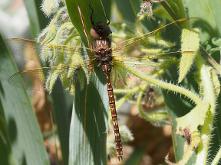
Dragonfly - Blue-spotted Hawker Adversaeschna brevistyla
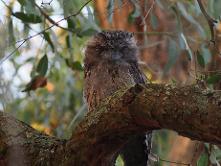
Tawny Frogmouth
Especially with good rainfall, flowering can be exuberant in spring and early summer. This in
turn brings an abundance of insect life to the garden. In late summer there are still new insects to be
spotted in the garden: many species of predatory - and beautiful - wasps, butterflies, dragonflies,
native blue-banded bees, several species of damsel flies and more.
Orb weaver spiders build their intricate webs, often across paths so one must look carefully when
wandering in the garden at night or risk not only being draped with sticky web, but ruining a spider's
painstaking workmanship. St Andrews Cross spiders are more circumspect and build their webs
among bushes.
Skinks laid eggs in warm, secluded places - like under a bale of straw left sitting on the lawn - and in
late summer they are hatching so tiny ones can be seen scuttling to safety if disturbed during their
sunbaking.
Some species, of course, are not so popular with gardeners because of the destruction they can wreak
on carefully tended vegetables, fruit and flowers. However, in a garden with rich plant diversity, there will
hopefully be a good range of predatory species to keep aphids, vegetable bugs and the like under
control.
A diverse garden provides a wonderful opportunity to observe not only the huge diversity of insects and
other small creatures, but the interactions between them and the plants they live on and among.